A COLLECTION OF EVENTS, INSIGHTS AND TRENDS THAT SHOULD BE ON EVERY COMPANY DIRECTOR’S RADAR
It gives me great pleasure to present to you the 2019 Director Health and Safety Dashboard.
This report (available for download below) is most certainly a labour of love. It requires me to take a step back and reflect on events, trends and insights over the last year; such as the rise of industrial manslaughter, what we know so far [post-Dreamworld tragedy, similarities between the Banking Royal Commission and workplace tragedies, new whistleblowing legislation, the prevalence of bullying and new workplace health epidemics (i.e. opioids and silicosis), to name a few. It’s all in an effort to capture what I think are the issues and opportunities in leading and governing safe & healthy work that should be on every company directors’ radar for the year ahead.
WHY BUSINESS LEADERS SHOULD READ THIS POST
As stated by the Chair of the Global Network of Director Institutes, directors have a critical role in society as agents of good governance and the decision-makers that drive investment and growth.
I would add to this that directors also play a critical role in the safety, health and wellbeing of society through not only good governance of safe & healthy work from their boardrooms, but just as importantly is their tone from the top, including the culture they set in the boardroom that reflects the behaviours and mindset of a culture of safety, as well as their level of competency in leading safe & healthy work – both of which have an impact on health & safety outcomes.
Part of what makes a culture of safety in the boardroom and improves Director competency is that of a learning culture – one that is curious and informed. It is therefore my intent with the Dashboard to quench some of your curiosity, help you remain relevant and informed and assist you in looking at global events and trends across business, governance and regulatory landscapes through a health, safety & wellbeing lens.
Hopefully the Dashboard will contribute to a broader conversation in your boardroom about opportunities and risks, stakeholder value, social purpose, social license to operate, trust, ethics, and many more areas where health & safety can have an impact on your business, your employees, your customers and shareholders.
In fact, as we transition from a baby boomer to millennial workforce, we are seeing an increasing expectation that boards and senior management will consider all of the above and look beyond making a profit, to how the business can have a positive impact on society. As Larry Fink stated in his 2019 Letter to CEOs, this phenomenon will only grow as millennials and even younger generations occupy increasingly senior positions in business, and I would, grow their investment portfolios.
However, many boards are missing a fantastic opportunity to leverage a commitment to workplace health and safety as a means of driving the company’s social purpose, create value for stakeholders and demonstrate their social license to operate.
Considering we spend a third of our lives at work, I propose that if your business can make people healthier while at work and feel safe, supported and empowered than you making a positive impact on society and you should be communicating this to your stakeholders, including future employees.
But it’s not just your employees who benefit from your focus on health & safety, it’s investors who prefer not to invest in companies that kill people or cause health epidemics and customers who want to purchase your products or services, but not at the expense of someone else’s health and safety (i.e. modern slavery in your supply chain).
As further demonstrated in Fink‘s letter, boards will need to ensure their company can demonstrate its value to each of its stakeholders. Those that do, will reap rewards over the long-term.
So in the context of a growing desire for companies to apply long-termism, maintain their social license to operate and create stakeholder value, there could never be a better time for your business to focus on workplace health and safety, because it’s a common denominator for creating value across multiple stakeholders, it can hinder your social license to operate and it’s a means for you to promote a social purpose while supporting and caring for your workforce.
So with that said, I do hope you find this year’s Dashboard valuable and I look forward to serving you with further insights and supporting you in your quest to lead from the heart, by leading safe & healthy work in the boardroom.
As a little teaser, here are some of the topics that you’re going to read about in the Dashboard:
Industrial Manslaughter
The momentum for bringing in industrial manslaughter is a perfect example of the Australian public’s frustration with employer institutions and consolidated efforts to impinge on a company’s social license to operate. In addition, regulators and courts continue to not meet community expectations in terms of sentencing. Both have been precursors to the introduction of industrial manslaughter laws in Australia.
Dreamworld Accident – What Happened?
We’ve heard testimonials from ride operators, engineers, ride inspectors, emergency services, WHS inspectors, and more. Unfortunately, the only thing that’s certain, is that what we’re hearing as precursors to this event are no different to other major industrial disasters and many daily injuries and illnesses – industry wide. No company is exempt from what Dreamworld has experienced and Directors should monitor these system and leadership failures.
Banking Royal Commission News
Many of the findings from the Royal Commission are aligned to findings from industrial disasters such as the influence on culture from incentive schemes; the focus on financial performance and short term goals that drive behaviour that is not aligned to the companies values; and most importantly, from a board perspective, how does the board adequately monitor culture and influence culture by what they pay attention to, reward or recognise.
Trust Issues
While global trust levels are low, the good news is that global trust in CEOs and the board is on the rise. However, a report by KPMG of 600 members of the AICD found that while 94% agreed or strongly agreed that trust was important to their organisation’s sustainability, only 23% believe they receive ‘meaningful’ metrics on trust in their organisations and less than half (48%) felt that their board has a proactive approach to building trust with the organisation’s most important stakeholders.
Whistleblowing
Australia has introduced whistleblowing regimes to legally enforce protections for people who make disclosures and just in time as a 2018 report revealed that there’s been 89% annual increase in ‘Bullying, Discrimination or Harassment’. And in a survey conducted by the Institute of Business Ethics (UK) and supported by The Ethics Centre (Australia), it was found that 35% of employees who had witnessed misconduct, chose not to speak up. Reasons varied from fear of retribution (job loss) and a sense of futility ranking amongst the highest.
Bullying, Harassment & Workplace Violence
Yes, sexual harassment is still rearing its ugly head and in Australia we’re in the middle of a world first National Inquiry into sexual harassment in the workplace. Transparency of these issues is playing an even bigger role as part of this inquiry and as seen in late 2018 when 20,000 Google workers staged a walk-out.
What’s going to perhaps be just a big as the sexual harassment iceberg is the number of people who have experienced bullying in the workplace.
Silicosis and Black Lung
Silicosis is now considered a major Australian health epidemic, more far-reaching than the damage caused by asbestos to workers and we are yet to see the full damage from cases of mine-dust-related diseases (black lung disease or Coal Workers’ Pneumoconiosis (CWP)) in Queensland.
Opioids and Methamphetamines
A study in South Australia has found that on any given day an average of 5,000 people working in safety-sensitive industries are turning up to work in South Australia alone, affected by methamphetamines – this doesn’t include people working in hospitality or white-collar industries.
Noise
In a survey by Remark Group, noise (i.e. from open plan offices and activity-based working) is now considered the biggest cause of dissatisfaction in the modern workplace, along with an associated loss of performance, increasing levels of stress and poorer wellbeing.
Download the full report HERE and have this resource by your side in your next board meeting for discussion. Keep your colleagues informed and maintain a curious and a continuous learning culture in your boardroom.
Now, I’d love to hear from you:
- What was your biggest take-away from the report?
- Do you think I’ve missed anything? So much has happened in 2018, that it’s hard to capture it all!
Leave a comment below and let me know.
Remember, share as much detail as possible in your reply. Your story and/or thoughts may lead to someone’s meaningful breakthrough and it all contributes to this audience knowing what to ask, and when to act.
Important: share your thoughts and ideas directly in the comments. Links to other posts, videos, etc. will be removed.
Thank you so much for reading and adding your perspective to the conversation!
Thanks for reading!
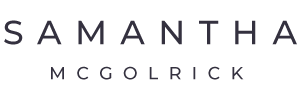

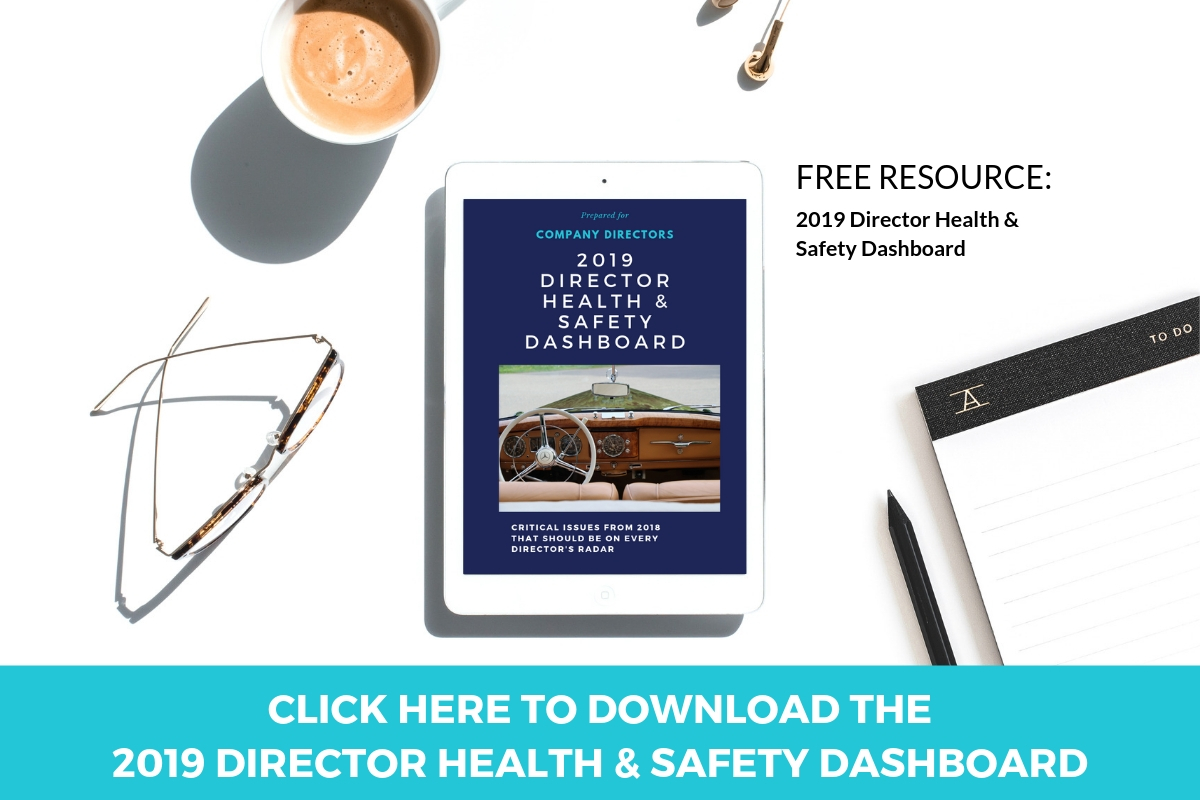


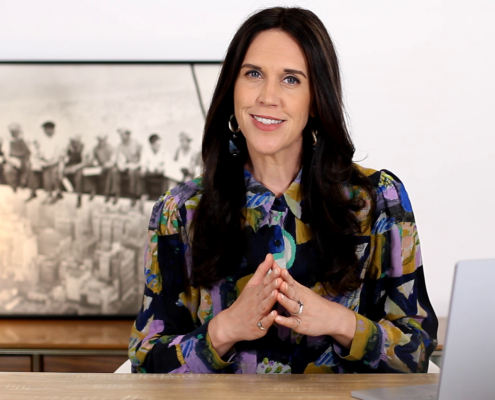
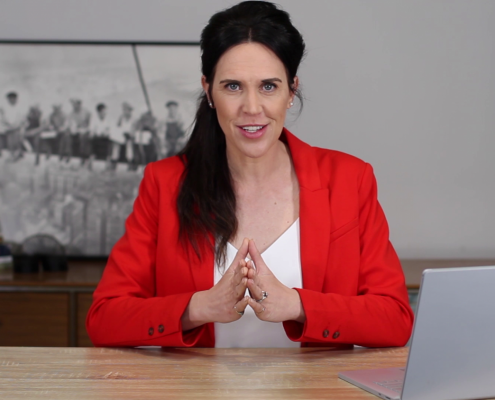
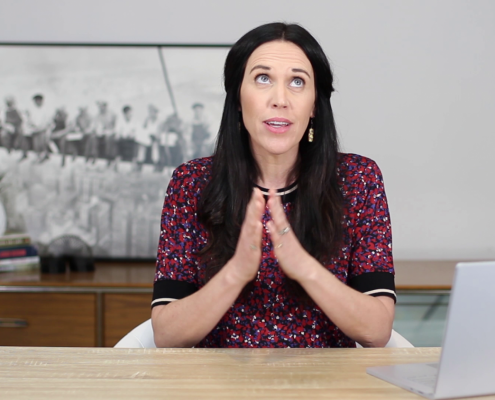


Let us know what you have to say:
Want to join the discussion?Your email address will not be published.